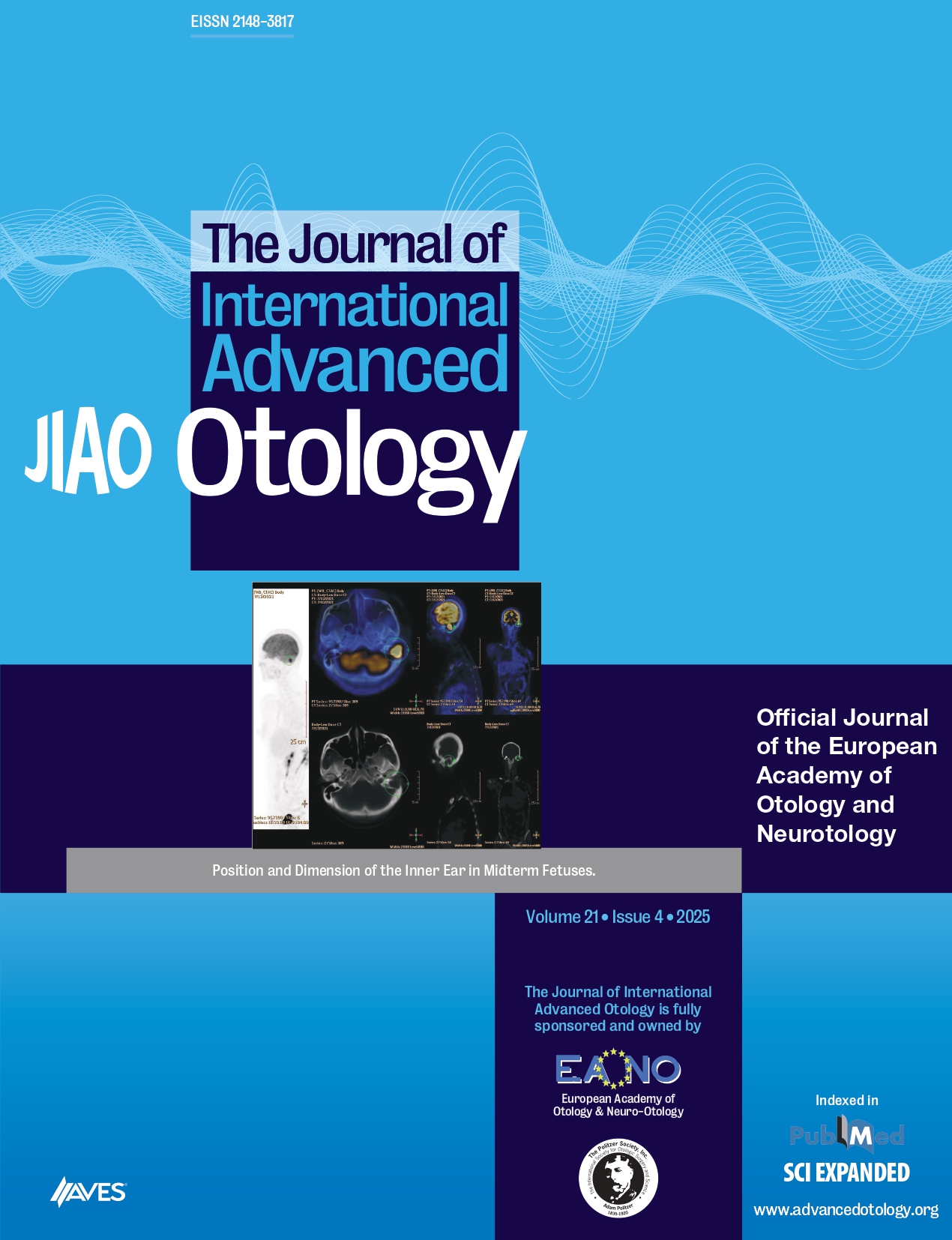Abstract
OBJECTIVE: The aims of our study were to evaluate the outcome of office-based paper patch grafting in tympanic membrane (TM) perforation regardless of the disease duration or etiology and to compare the clinical factors influencing the successful closure of perforation between the success and failure groups of paper patch myringoplasty.
MATERIALS and METHODS: This is a retrospective study of 114 patients that underwent paper patch myringoplasty in an outpatient setting (success group, 83 cases; failure group, 31 cases). Thirteen clinical factors with potential impact on the healing status of the TM were investigated: gender, age, laterality, etiology, duration of perforation, tinnitus, hearing loss, otorrhea, size and location of perforation, status of contralateral ear, ipsilateral findings of computed tomography, and duration of complete healing. The follow-up period was at least 1 year.
RESULTS: The total success rate of paper patch grafting was 72.8%. The mean age of the failure group was significantly more higher than that of the success group. Significant differences in the etiology as well as in the history of otorrhea were found between the success and failure groups. There were no significant differences for any of the other factors between chronic and non-chronic perforations.
CONCLUSION: The predictors of successful outcome were patient’s age, etiology of perforation, and history of otorrhea. Clinicians can attempt paper patch myringoplasty first in younger patients, traumatic TM perforation cases, and in patients with no history of otorrhea. Paper patch grafting can also be considered before formal surgical myringoplasty in the case of small, dry, chronic TM perforations.



.png)
.png)